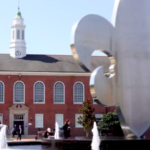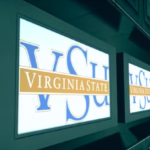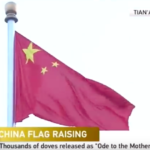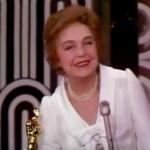Ivory Tower Conundrum
Former Supreme Court Justice Louis Brandeis once said that “Publicity is justly commended as a remedy for social diseases. Sunlight is said to be the best of disinfectants; electric light the most efficient policeman.” But some in the ivory tower would prefer that the sunlight of transparency not shine too brightly into the classroom.
“An associate professor [at the University of Virginia] who focuses on digital media, Mr. [Siva] Vaidhyanathan regularly teaches and writes enthusiastically about movements to make music, movies, and other creative works free online,” writes Jeffrey R. Young this March for the Chronicle of Higher Education. “I thought he’d be one of the first people to advocate open access to lectures.”
“But no,” Young writes. “‘I find myself playing devil’s advocate all the time’ in class, [Vaidhyanathan] said. ‘I don’t want to be on the record saying something I don’t even believe’ if the lectures go out on the Web.”
“He considers the classroom a ‘sacred space’ that may need to stay private to preserve academic freedom,” writes Young.
“Professors across the country are now wrestling with this issue.”
He gives several explanations for why professors might not want recorded versions of their lectures made publicly available: “Some professors are camera shy—at least when it comes to their teaching. Others say they discuss ideas with their students that are not yet ready for prime time. And some administrators are nervous about giving away too much of their educational content as the cost of college continues to rise” (formatting original).
One might argue that a particular explanation is missing from this list.
“Imagine that all of those lectures, in which the camera is pointed squarely at a professor, were suddenly freely available,” writes Young. “… What if, alongside a [digital] library of all the world’s books, there was a library of tens of thousands of lecture videos?”
He adds,
“Some scholars’ ideas would be stolen. Some professors would face mockery. Some students would try the equivalent of home schooling at the college level, saving money by skipping the campus and watching at home instead. … Ideas would flow, though. …”
Mockery, or exposing transparent classroom indoctrination? Consider, for example, the YouTube videos of public school children singing, rapping and chanting about President Obama. Or, for example, when a documentary revealed that Mary McArthur Elementary teacher Diatha Harris had condemned the Iraq War as a “senseless war” in class. She continued, “And by the way, Cathy, the person that you’re picking for president said that our troops could stay in Iraq for another hundred years if they need to. So that means your daddy could stay in the military for another hundred years.”
(These are, of course, public education examples.) As Accuracy in Academia’s investigations have shown, however, insular peer-to-panels—often not recorded—also yield examples of ivory tower bias. For example, at previous Modern Language Association conventions, professors have:
- characterized the Pope as an “absolute leader” who politicizes religion, along with Osama bin Laden and the Ayatollah Khomeini;
- lectured on Will & Grace and the YouTube video “Shoes;”
- delivered a completely biased account of Norman Finkelstein’s failed bid for tenure;
- celebrated one’s own pro-Obama campaign activities for the 2008 election. ““While I am still more leftist than liberal, more radical than reformer, how did I get here to this big tent of hope with a political hero at the helm?” asked Andrew William Smith in December 2008.
- and so on, and so forth…
Bethany Stotts is a staff writer at Accuracy in Academia.




